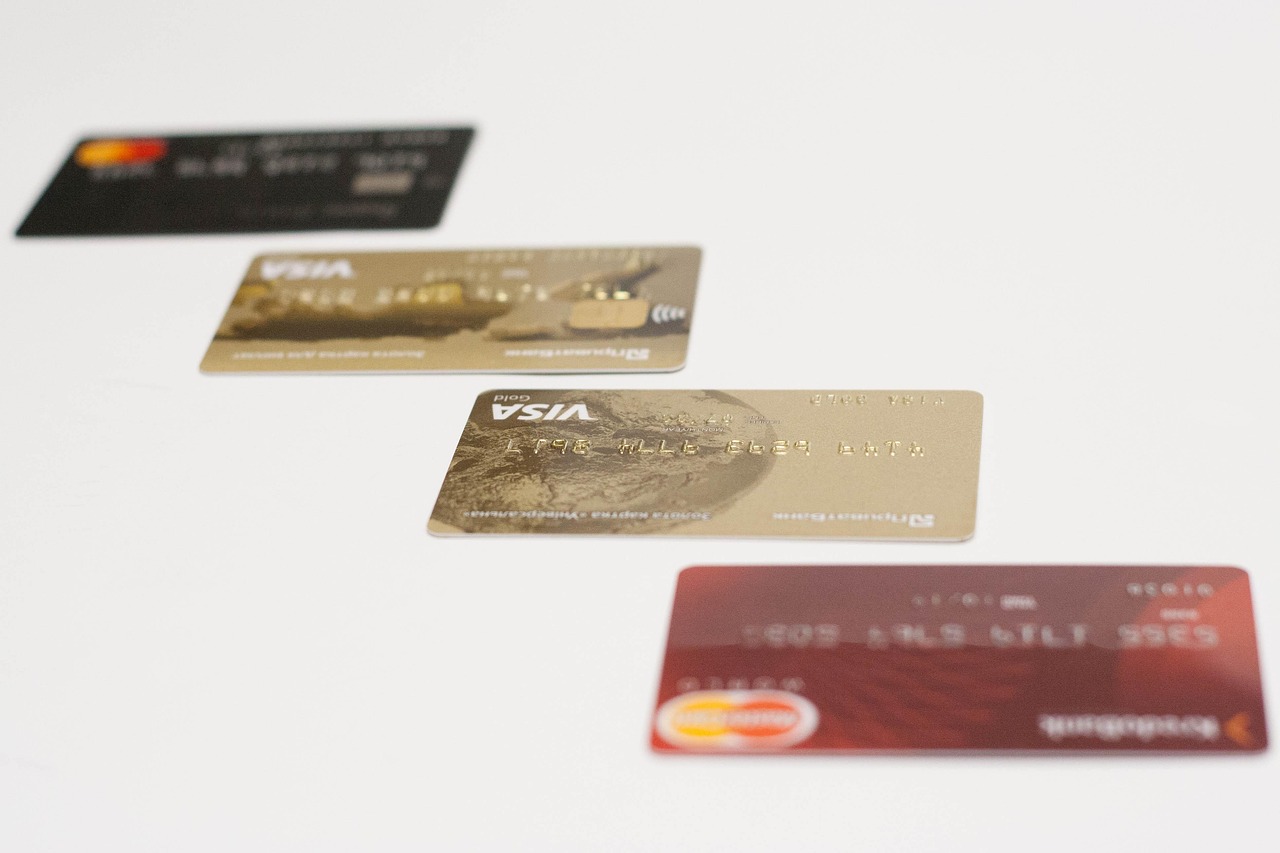FICO Score Explained: The Best Guide to Credit Scores
- What is a FICO Score?
- How is a FICO Score Calculated?
- 1. Payment History (35%)
- 2. Credit Utilization (30%)
- 3. Length of Credit History (15%)
- 4. New Credit (10%)
- 5. Types of Credit Used (10%)
- How to Improve Your FICO Score
- Understanding Your Credit Report
- Conclusion
FICO Score Explained: The Best Guide to Credit Scores
Understanding how financial institutions assess your creditworthiness is crucial, and this is where the FICO score comes into play. The FICO score is a standardized measure used widely across the credit system in the USA to evaluate an individual’s credit risk. This three-digit number significantly impacts your ability to secure loans, credit cards, and even housing arrangements. Let’s delve deeper into what a FICO score is, how it’s calculated, and its importance in today’s financial landscape.
What is a FICO Score?

A FICO score, developed by the Fair Isaac Corporation, is a numerical representation of your creditworthiness. Range between 300 and 850, this score helps lenders determine the likelihood that a borrower will pay back their debts. In general, a higher score indicates better creditworthiness, while a lower score suggests higher risk.
Why is the FICO Score Important?
The FICO score plays a vital role in the credit system in the USA, as it is the most widely used scoring model by lenders. It influences many financial decisions:
1. Loan Approval: When applying for mortgages, personal loans, or auto loans, lenders check your FICO score to evaluate if you qualify for the loan.
2. Interest Rates: A higher FICO score often qualifies you for lower interest rates, saving you money over time.
3. Credit Card Offers: Many credit card issuers offer better perks and rewards to individuals with higher FICO scores.
4. Rental Applications: Landlords may check your FICO score to assess your reliability as a tenant.
How is a FICO Score Calculated?
A FICO score is derived from several factors in your credit report, each contributing a different percentage to your overall score. Understanding these components will shed light on the aspects you should focus on to improve your score.
1. Payment History (35%)
Your payment history has the most significant impact on your FICO score. It reflects whether you pay your bills on time, including credit cards, mortgage payments, and other loans. Late payments or defaults can significantly hurt your score.
2. Credit Utilization (30%)
This aspect measures the amount of credit you are using compared to your total credit limit. A lower credit utilization ratio is favorable—for example, if your total credit limit is $10,000 and you owe $2,000, your utilization is 20%. Ideally, you should aim to keep this ratio below 30%.
3. Length of Credit History (15%)
The length of time you have held credit accounts also matters. A longer credit history is advantageous, as it demonstrates your ability to manage credit over time. If you’re new to credit, consider becoming an authorized user on a family member’s account to help build your history.
4. New Credit (10%)
Opening numerous new accounts in a short time can raise red flags to lenders. Each time you apply for credit, a hard inquiry is made, which can slightly lower your score. It’s essential to approach new credit cautiously.
5. Types of Credit Used (10%)
Having a healthy mix of credit types, such as revolving credit (like credit cards) and installment loans (like mortgages or car loans), can positively impact your FICO score. However, it’s crucial not to take on unnecessary debt just for the sake of diversifying credit types.
How to Improve Your FICO Score
Improving your FICO score is a gradual process but certainly achievable with some dedication. Here are some actionable steps you can take:
1. Pay Bills on Time: Set reminders or automate payments to ensure you never miss a due date.
2. Reduce Credit Card Balances: Work towards paying down your debt to improve your credit utilization ratio.
3. Limit New Applications: Only apply for credit when necessary, and research your options beforehand.
4. Maintain Old Accounts: Keep older credit accounts open even if you rarely use them to benefit from a longer credit history.
Understanding Your Credit Report
To truly grasp your FICO score, it’s beneficial to understand your credit report. You are entitled to one free credit report from each of the three major credit bureaus—Equifax, Experian, and TransUnion—every year. Review these reports for mistakes, as errors can impact your FICO score negatively.
Conclusion
The FICO score is a fundamental element of the credit system in the USA, serving as a critical tool for lenders and borrowers alike. By understanding what a FICO score is and how it is calculated, you can make informed decisions that positively impact your creditworthiness. Whether you are looking to apply for a loan, rent an apartment, or simply want to improve your financial standing, taking charge of your FICO score is a meaningful step toward achieving your financial goals.





